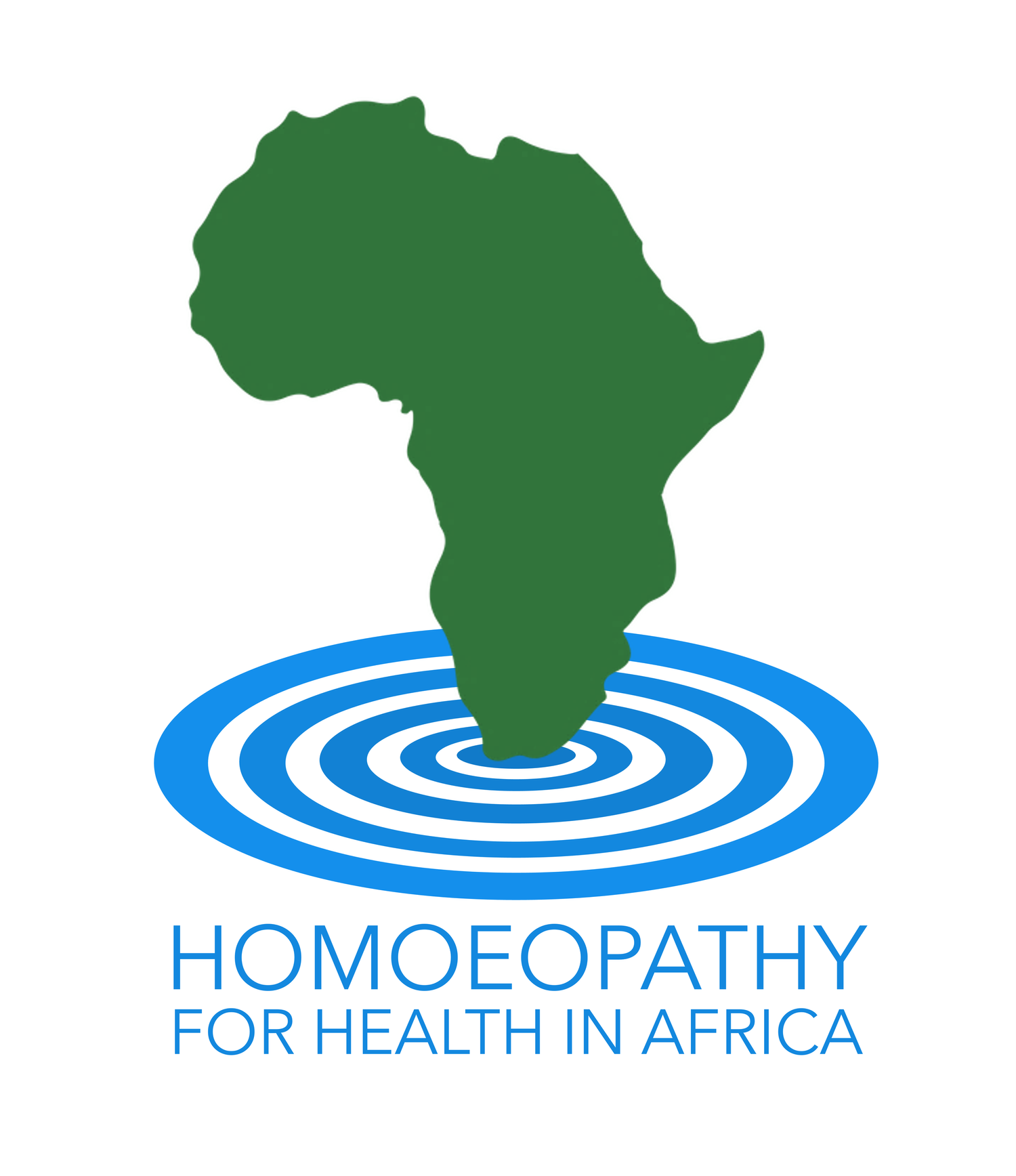African Baobab Proving
Proving in Swaziland & Israel 2011
Wisdom is like a baobab tree; no one individual can embrace it. (Akan proverb) In 2008 Camilla and I set off on the journey which was Homeopathy for Health in Africa. While traveling between rural clinics we often saw the great baobab trees on the side of the roads, at times majestic, full of power and life, and at times ragged and tattered, shredded to the bone by the elephants who loved to scratch their back on them. Our African colleagues often told us what a great remedy its fruits were, that they contained many minerals and vit amins, and that they cured a variety of diseases including AIDS. We learnt that the baobab was largest succulent on earth. We remembered its role in ‘The Little Prince’. And of course we wondered what if… Baobabs from ‘The Little Prince’ 1 The ‘what if’ was supplied by our colleague Sagit Ben-Yehuda Kessel, an Israeli homeopath who was living in Africa and working with us at the time.
Proving in Swaziland & Israel 2011
Wisdom is like a baobab tree; no one individual can embrace it. (Akan proverb) In 2008 Camilla and I set off on the journey which was Homeopathy for Health in Africa. While traveling between rural clinics we often saw the great baobab trees on the side of the roads, at times majestic, full of power and life, and at times ragged and tattered, shredded to the bone by the elephants who loved to scratch their back on them. Our African colleagues often told us what a great remedy its fruits were, that they contained many minerals and vit amins, and that they cured a variety of diseases including AIDS. We learnt that the baobab was largest succulent on earth. We remembered its role in ‘The Little Prince’. And of course we wondered what if… Baobabs from ‘The Little Prince’ 1 The ‘what if’ was supplied by our colleague Sagit Ben-Yehuda Kessel, an Israeli homeopath who was living in Africa and working with us at the time.
Proving in Swaziland & Israel 2011
Wisdom is like a baobab tree; no one individual can embrace it. (Akan proverb) In 2008 Camilla and I set off on the journey which was Homeopathy for Health in Africa. While traveling between rural clinics we often saw the great baobab trees on the side of the roads, at times majestic, full of power and life, and at times ragged and tattered, shredded to the bone by the elephants who loved to scratch their back on them. Our African colleagues often told us what a great remedy its fruits were, that they contained many minerals and vit amins, and that they cured a variety of diseases including AIDS. We learnt that the baobab was largest succulent on earth. We remembered its role in ‘The Little Prince’. And of course we wondered what if… Baobabs from ‘The Little Prince’ 1 The ‘what if’ was supplied by our colleague Sagit Ben-Yehuda Kessel, an Israeli homeopath who was living in Africa and working with us at the time.
The proving was conducted during a seminar I taught at the Swaziland Homeopathy Project, headed by Barbara Braun, and included students from Swaziland, Botswana and Malawi. After the proving we found out that the baobab was the symbol of the Maun Homeopathy Project in Botswana. One might say that Baobab is the first Pan African proving. The remedy was proved concurrently by Sagit in Israel, who also contributed work on the substance. Jessica Jackson collated the proving, drew out the themes and concepts, supplied ‘As If One Person’ and compiled the rubrics. She also researched and wrote the substance report. The final edit, illustrations and preparation were by Anne Baker. While the proving was a short seminar proving, and may need further proving, the themes are fairly clear to see. We hope that this African giant will bring some healing to the world.
Jeremy Sherr 2016
Funnily enough, years later Camilla has created Clil Botanicals, where one of the main ingredients is Baobab Oil.






